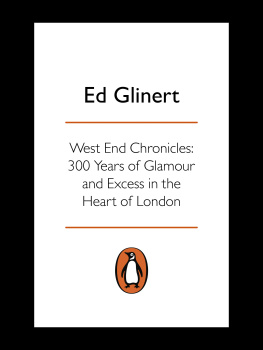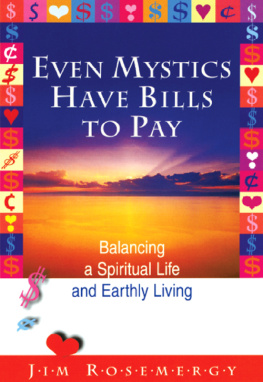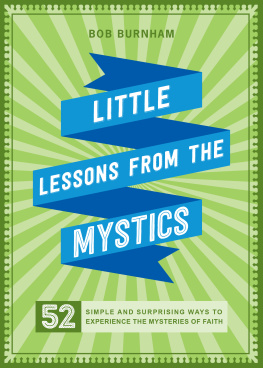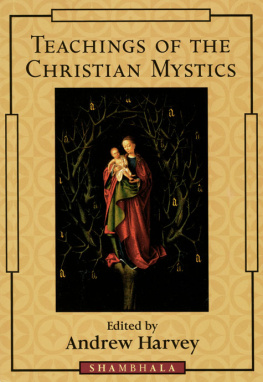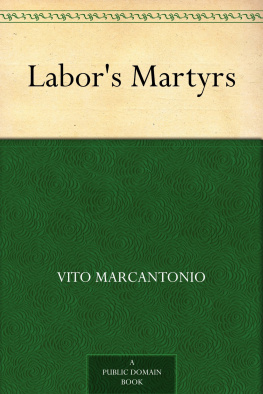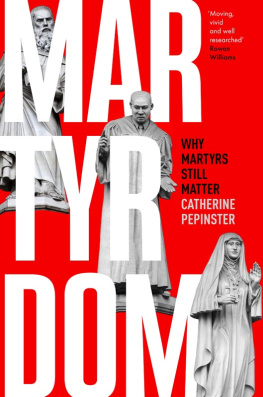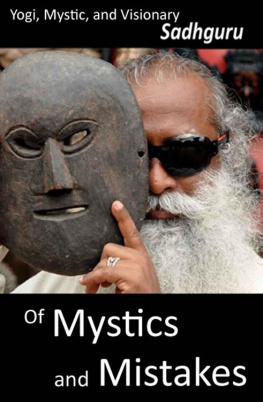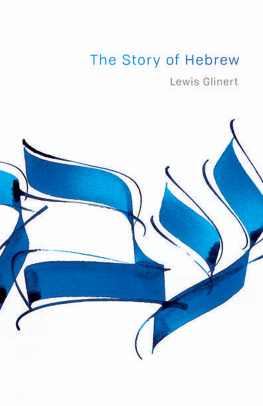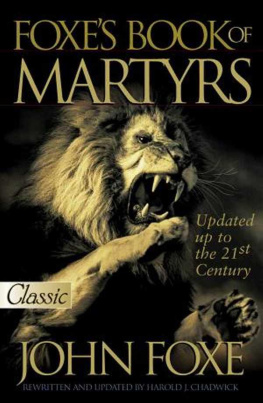Ed Glinert - Martyrs and Mystics
Here you can read online Ed Glinert - Martyrs and Mystics full text of the book (entire story) in english for free. Download pdf and epub, get meaning, cover and reviews about this ebook. year: 2009, publisher: Collins, genre: Religion. Description of the work, (preface) as well as reviews are available. Best literature library LitArk.com created for fans of good reading and offers a wide selection of genres:
Romance novel
Science fiction
Adventure
Detective
Science
History
Home and family
Prose
Art
Politics
Computer
Non-fiction
Religion
Business
Children
Humor
Choose a favorite category and find really read worthwhile books. Enjoy immersion in the world of imagination, feel the emotions of the characters or learn something new for yourself, make an fascinating discovery.
- Book:Martyrs and Mystics
- Author:
- Publisher:Collins
- Genre:
- Year:2009
- Rating:4 / 5
- Favourites:Add to favourites
- Your mark:
- 80
- 1
- 2
- 3
- 4
- 5
Martyrs and Mystics: summary, description and annotation
We offer to read an annotation, description, summary or preface (depends on what the author of the book "Martyrs and Mystics" wrote himself). If you haven't found the necessary information about the book — write in the comments, we will try to find it.
Ed Glinert: author's other books
Who wrote Martyrs and Mystics? Find out the surname, the name of the author of the book and a list of all author's works by series.
Martyrs and Mystics — read online for free the complete book (whole text) full work
Below is the text of the book, divided by pages. System saving the place of the last page read, allows you to conveniently read the book "Martyrs and Mystics" online for free, without having to search again every time where you left off. Put a bookmark, and you can go to the page where you finished reading at any time.
Font size:
Interval:
Bookmark:
A fisherman has a vision of St Peter on Thorney Island and founds what becomes Westminster Abbey. | |
1382 | The Archbishop of Canterburys council meets at Blackfriars monastery to denounce John Wycliffes religious doctrines and his pioneering translation of the Bible into English. |
1401 | The first of many martyrs to meet his death at Smithfield is William Sawtrey, priest and follower of the Bible translator John Wycliffe. |
1534 | Henry VIII declares himself supreme head of the English Church and orders that all references to the Pope be removed from prayer books. |
1535 | Thomas More, one of Henry VIIIs leading aides, is executed at Tower Hill for opposing the kings decision to make himself head of the Church. |
1604 | From the Hampton Court Conference comes the greatest of all Bible translations the King James or Authorised Version. |
1666 | The Fire of London destroys the City. Catholics are blamed, and a Frenchman, supposedly an agent of the Pope, is hanged (wrongly) for starting the blaze. |
1678 | One of the most infamous religious conspiracies in London history, the Popish Plot, unfolds after the body of Sir Edmund Berry Godfrey, a well-known Protestant, is found on Primrose Hill impaled on his own sword. |
16889 | The Bill of Rights ends the Stuart notion of the Divine Right of kings to rule. From now on no monarch can be or marry a Catholic. |
1738 | John Wesley experiences an epiphany in Aldersgate that leads to the birth of a new creed: Methodism. |
1780 | The worst mob violence ever to hit London the Gordon Riots erupts on 2 June as the capital demonstrates against parliamentary attempts to grant Catholics further civil rights. |
1791 | The latest Catholic Relief Act gives Catholics the right to worship in public again. |
1865 | William Booth founds the Salvation Army after hearing two missionaries preach at an open-air meeting in the East End. |
1858 | The Jewish Relief Act allows Jews full civil rights, including being able to sit as MPs without having to take the Christian oath. |
1976 | The Jamme Masjid opens in Spitalfields the only building in the West to have been church, synagogue and mosque. |
Font size:
Interval:
Bookmark:
Similar books «Martyrs and Mystics»
Look at similar books to Martyrs and Mystics. We have selected literature similar in name and meaning in the hope of providing readers with more options to find new, interesting, not yet read works.
Discussion, reviews of the book Martyrs and Mystics and just readers' own opinions. Leave your comments, write what you think about the work, its meaning or the main characters. Specify what exactly you liked and what you didn't like, and why you think so.


